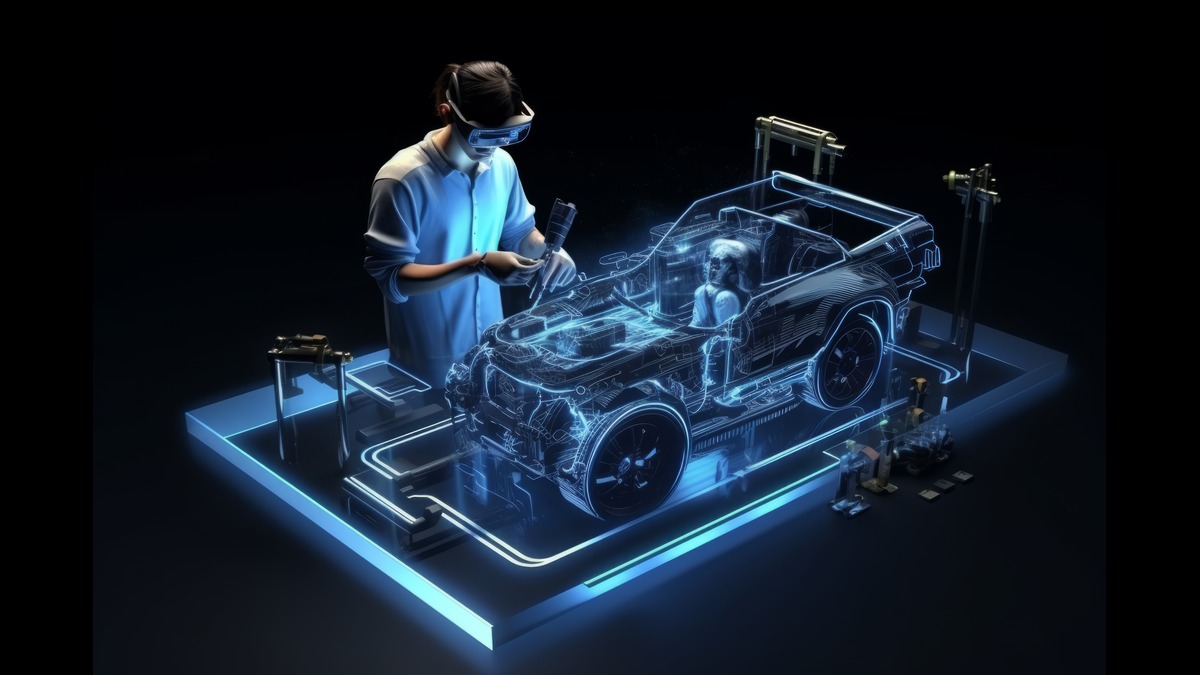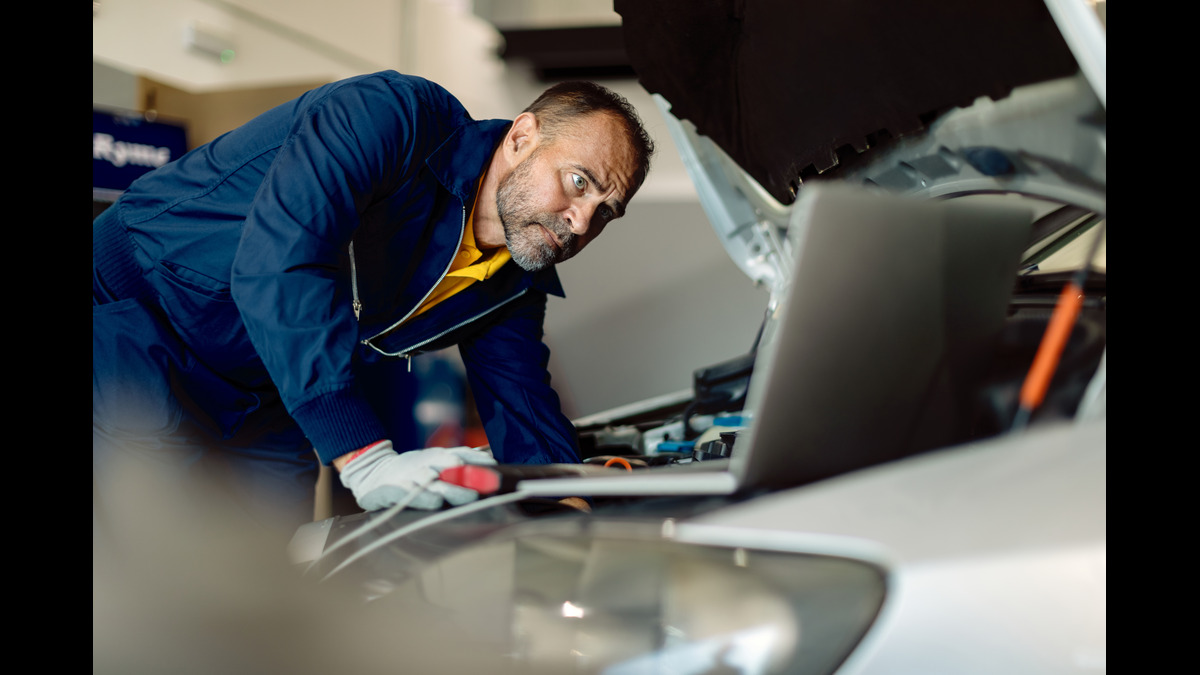The automotive industry is on the cusp of a revolution, driven by cutting-edge advancements in technology and innovative design. Today, car manufacturers and tech companies alike are investing in electric vehicles (EVs), autonomous driving, connected car technology, and sustainable materials. These developments are transforming the way we think about transportation, aiming to create a future that’s safer, more efficient, and environmentally friendly. This article explores some of the key trends shaping the future of automotive technology and design, followed by answers to common questions about what’s next for the industry.
Key Trends in Automotive Technology and Design
- Electric Vehicles (EVs) Going Mainstream
EVs have been in development for decades, but now they’re finally becoming mainstream. Driven by government regulations and increased environmental awareness, car manufacturers are committing to phasing out gasoline engines and increasing EV production. EV technology is also evolving to provide longer driving ranges, faster charging times, and more affordable battery solutions, making EVs more practical for everyday consumers. - The Rise of Autonomous Vehicles (AVs)
Autonomous vehicles (AVs), or self-driving cars, represent one of the most ambitious challenges for the automotive industry. Using sensors, cameras, and advanced AI algorithms, these cars aim to navigate roads without human input, potentially reducing accidents and easing congestion. Although full autonomy is still a few years away, features like adaptive cruise control, automated parking, and lane-keeping assist are already becoming common, paving the way for fully autonomous systems. - Connected Cars and V2X Communication
With advancements in connectivity, vehicles are increasingly equipped with features that allow them to communicate with each other and with infrastructure. Known as Vehicle-to-Everything (V2X) communication, this technology enables cars to receive real-time traffic updates, anticipate road hazards, and even work in sync with traffic lights. Connected car technology not only enhances the driving experience but also has the potential to make roads safer and reduce traffic congestion. - Sustainable and Smart Design
As sustainability becomes a priority, automakers are adopting eco-friendly materials and practices in car manufacturing. New vehicles are being designed with recyclable or biodegradable materials, reducing their overall environmental impact. Beyond sustainability, smart design features like modular interiors, advanced aerodynamics, and compact form factors are optimizing space, fuel efficiency, and overall vehicle performance.
FAQs on the Future of Automotive Technology and Design
Q1: Why are electric vehicles (EVs) considered the future of transportation?
A: Electric vehicles are seen as the future because they help reduce greenhouse gas emissions, cut down on fossil fuel dependency, and offer lower running costs over time. EVs are also quieter and have fewer moving parts than traditional combustion engines, which means lower maintenance costs. With advancements in battery technology, EVs are now offering longer ranges and faster charging times, making them a more practical choice for daily use.
Q2: How close are we to fully autonomous vehicles?
A: Full autonomy is still a few years away due to challenges in technology, infrastructure, and regulatory approval. While many cars today have advanced driver-assistance systems (ADAS), such as adaptive cruise control and lane-keeping assist, these systems still require human oversight. Level 5 autonomy, where the vehicle operates without any human input, is expected to emerge within specific environments—like cities or highways—within the next decade.
Q3: What are the benefits of connected car technology?
A: Connected cars offer multiple benefits:
- Safety: They can alert drivers to potential hazards and prevent collisions by communicating with nearby vehicles.
- Traffic Management: Connected cars can optimize traffic flow by syncing with traffic signals and navigating around congestion.
- Enhanced Driving Experience: Features like remote diagnostics, over-the-air software updates, and in-car entertainment systems contribute to a more convenient and enjoyable drive.
Q4: What role does V2X (Vehicle-to-Everything) communication play in future vehicles?
A: V2X technology allows cars to communicate with other vehicles, road infrastructure, and even pedestrians. This technology enhances situational awareness, enabling vehicles to anticipate and respond to changes in the environment. For example, if a car several vehicles ahead suddenly brakes, V2X can relay this information instantly to other cars behind, helping drivers react more quickly and reducing the risk of accidents. In the future, V2X could play a significant role in reducing traffic and improving overall road safety.
Q5: How are automakers incorporating sustainability in vehicle design?
A: Automakers are adopting sustainable practices in both vehicle design and manufacturing processes. Many companies now use recycled or biodegradable materials, such as fabrics made from recycled plastics and bio-based leather alternatives. Some are also investing in manufacturing plants powered by renewable energy, reducing the overall carbon footprint of vehicle production. Additionally, car designers are focusing on creating more aerodynamic vehicles that consume less energy, helping to improve fuel efficiency and reduce emissions.
Q6: Will autonomous and electric vehicles be affordable for the average consumer?
A: As technology advances and production scales up, the cost of electric and autonomous vehicles is expected to decrease. Government incentives and rebates already help reduce the purchase price of EVs, and battery costs are also dropping steadily. Similarly, the development of affordable autonomous features will be gradual, with initial applications in taxis, delivery vehicles, and public transportation systems. Over time, these technologies will become more accessible to the average consumer.
Conclusion
The automotive industry is undergoing a remarkable transformation, with innovations in electric mobility, autonomous driving, connectivity, and sustainability setting the course for the future of transportation. These advancements offer the promise of cleaner, safer, and more efficient vehicles, catering to both environmental goals and consumer expectations. As car manufacturers, technology companies, and policymakers work together, the future of automotive technology and design looks bright and forward-thinking.










